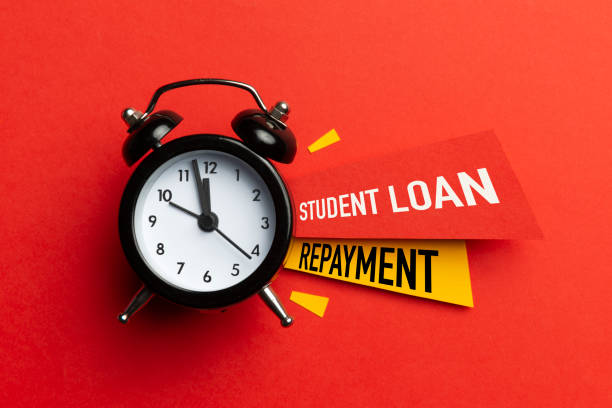How to Prove Undue Hardship for Student Loans can be a complex and challenging process, but it’s not impossible.
If you’re struggling with overwhelming student loan debt and are considering filing for bankruptcy, it’s crucial to understand the criteria and steps involved in proving undue hardship.
This comprehensive guide will walk you through the essential information, requirements, and How to Prove Undue Hardship for Student Loans effectively.
What is Undue Hardship?

Undue hardship refers to the financial and personal burden that repaying student loans would place on a borrower.
It is often used as a legal basis for discharging or reducing student loan debt through bankruptcy. To successfully prove undue hardship, you must meet specific criteria established by federal law.
Facts about Undue Hardship
Undue hardship is not a guaranteed solution. It is a challenging legal standard to meet and requires a compelling case.
The burden of proof falls on the borrower, meaning you must provide evidence that your circumstances meet the criteria for undue hardship.
Criteria for Proving Undue Hardship To prove undue hardship, you typically need to satisfy the “Brunner Test.”
This test involves demonstrating three key elements:
Poverty: You must show that you cannot maintain a minimal standard of living for yourself and your dependents if you are required to repay your student loans.
Providing detailed financial documentation, including income, expenses, and assets, is crucial.
The court will assess your current financial situation, future income prospects, and the likelihood of improvement.
Persistence: You must demonstrate that your financial difficulties are likely to persist throughout a significant portion of your loan repayment period.
This requires providing evidence of long-term financial hardship, such as a chronic medical condition, disability, or limited earning potential.
Good Faith Effort: You must prove that you have made a good faith effort to repay your loans by exploring repayment options, like income-driven repayment plans.
Documenting your past efforts to negotiate with lenders and explore alternative repayment plans is essential.
How to prove undue hardship for student loans
1. Consult with an Attorney: It’s highly advisable to consult with an experienced bankruptcy attorney who specializes in student loan cases. They can assess your situation, provide legal advice, and guide you through the process.
2. Gather Documentation: Collect all relevant financial documents, including tax returns, pay stubs, bank statements, and medical records if applicable. These documents will serve as evidence to support your case.
3. Explore Repayment Options: Before seeking a discharge based on undue hardship, explore alternative repayment options, such as income-driven plans. Demonstrating a good faith effort to repay your loans is crucial in court.
4. File for Bankruptcy: If it’s determined that bankruptcy is the best course of action, your attorney will help you file a bankruptcy petition. During this process, you’ll need to provide detailed information about your financial situation.
5. Adversary Proceeding: In most cases, proving undue hardship requires filing an adversary proceeding within the bankruptcy case. This is a separate lawsuit within the bankruptcy process specifically addressing your student loans.
6. Present Your Case: Your attorney will present your case in court, using the collected documentation and evidence to argue that repaying your student loans would cause undue hardship based on the Brunner Test.
Proving undue hardship for student loans can be a challenging and time-consuming process, but it’s not impossible.
It’s essential to consult with a knowledgeable attorney who can guide you through the legal complexities and help you build a strong case.
Additionally, maintaining detailed financial records and demonstrating a good faith effort to repay your loans can significantly strengthen your position.
Conclusion
How to Prove Undue Hardship for Student Loans is a complex and often uphill battle, but it’s not impossible.
Understanding the legal standards, gathering the right documentation, and working with an experienced attorney are critical steps in pursuing this route.
While success is never guaranteed, it’s a viable option for individuals facing extreme financial hardship due to their student loan debt.
Remember to explore all available avenues for relief, including alternative repayment plans, and stay persistent throughout the process.
In my opinion, a well-prepared case and professional legal assistance offer the best chances of achieving a favourable outcome when seeking to prove undue hardship for student loans.

1 thought on “How to Prove Undue Hardship for Student Loans in 6 Steps”